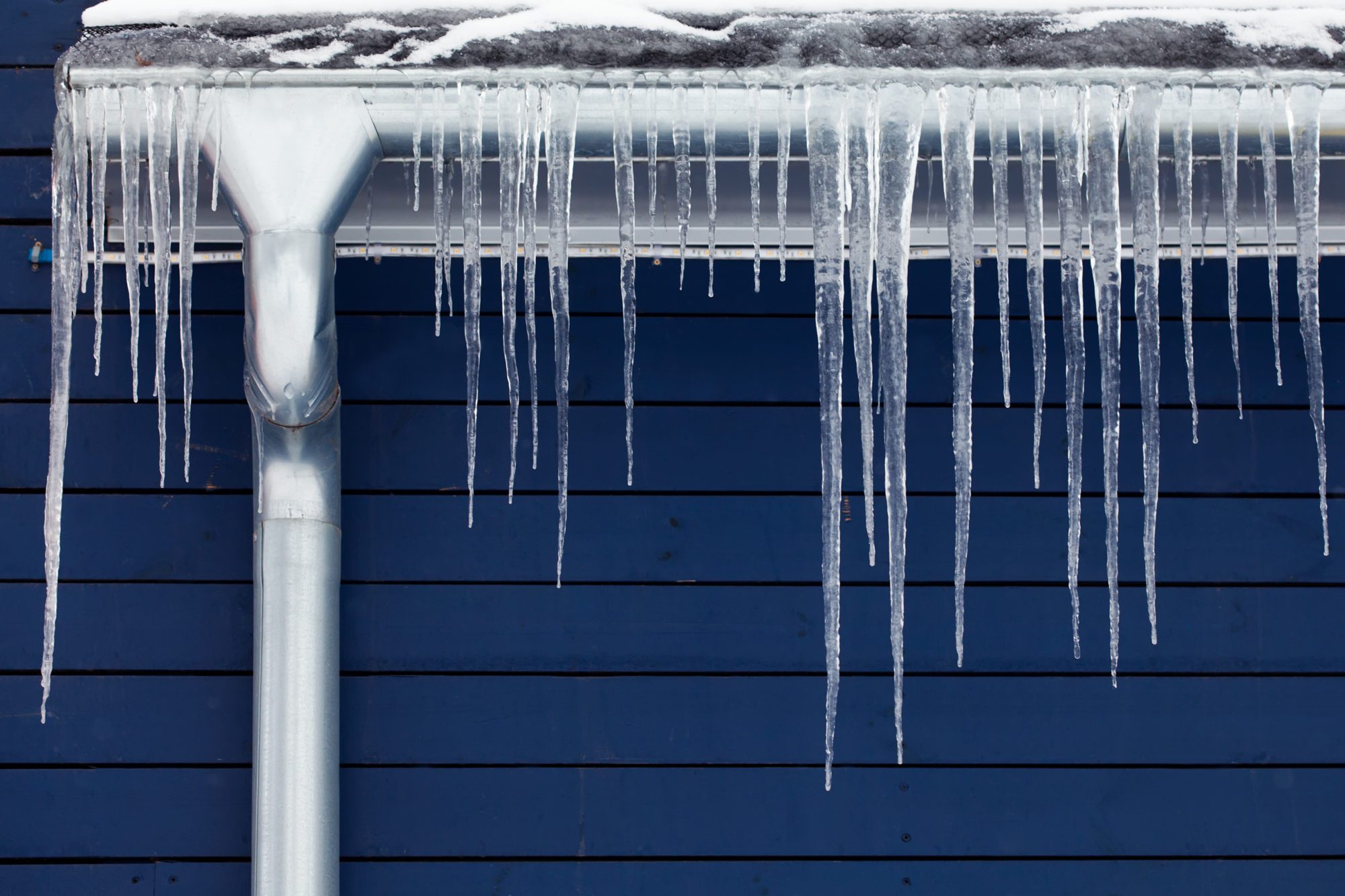In this article further down you can find some very good points when it comes to How To Avoid Freezing Pipes.

Winter can ruin your plumbing, specifically by freezing pipes. Below's just how to stop it from happening and what to do if it does.
Intro
As temperatures decline, the risk of icy pipelines increases, possibly resulting in pricey repair work and water damages. Understanding how to avoid icy pipelines is important for home owners in cold environments.
Avoidance Tips
Shielding vulnerable pipes
Wrap pipelines in insulation sleeves or make use of heat tape to shield them from freezing temperatures. Focus on pipes in unheated or exterior locations of the home.
Home heating strategies
Keep interior areas sufficiently heated up, particularly areas with pipes. Open up closet doors to allow cozy air to flow around pipes under sinks.
Just how to identify frozen pipelines
Try to find lowered water circulation from faucets, unusual smells or sounds from pipelines, and visible frost on subjected pipelines.
Long-Term Solutions
Structural modifications
Think about rerouting pipes away from exterior walls or unheated locations. Add additional insulation to attics, basements, and crawl spaces.
Updating insulation
Purchase high-grade insulation for pipelines, attics, and walls. Correct insulation assists keep constant temperatures and minimizes the danger of frozen pipes.
Protecting Outside Pipes
Garden tubes and outdoor taps
Disconnect and drain yard tubes before winter months. Install frost-proof spigots or cover exterior faucets with shielded caps.
Understanding Frozen Pipelines
What creates pipelines to ice up?
Pipes freeze when subjected to temperature levels listed below 32 ° F (0 ° C) for expanded periods. As water inside the pipelines ices up, it increases, taxing the pipeline wall surfaces and potentially triggering them to rupture.
Dangers and damages
Frozen pipes can result in water disruptions, home damage, and costly repair work. Burst pipes can flood homes and cause extensive architectural damages.
Indications of Frozen Pipeline
Determining icy pipelines early can stop them from rupturing.
What to Do If Your Pipes Freeze
Immediate activities to take
If you think icy pipelines, maintain faucets open up to soothe pressure as the ice thaws. Use a hairdryer or towels taken in hot water to thaw pipelines slowly.
Conclusion
Protecting against frozen pipelines requires proactive measures and quick feedbacks. By recognizing the causes, indicators, and preventive measures, house owners can protect their plumbing throughout cold weather.
5 Ways to Prevent Frozen Pipes
Drain Outdoor Faucets and Disconnect Hoses
First, close the shut-off valve that controls the flow of water in the pipe to your outdoor faucet. Then, head outside to disconnect and drain your hose and open the outdoor faucet to allow the water to completely drain out of the line. Turn off the faucet when done. Finally, head back to the shut-off valve and drain the remaining water inside the pipe into a bucket or container. Additionally, if you have a home irrigation system, you should consider hiring an expert to clear the system of water each year.
Insulate Pipes
One of the best and most cost-effective methods for preventing frozen water pipes is to wrap your pipes with insulation. This is especially important for areas in your home that aren’t exposed to heat, such as an attic. We suggest using foam sleeves, which can typically be found at your local hardware store.
Keep Heat Running at 65
Your pipes are located inside your walls, and the temperature there is much colder than the rest of the house. To prevent your pipes from freezing, The Insurance Information Institute suggests that you keep your home heated to at least 65 degrees, even when traveling. You may want to invest in smart devices that can keep an eye on the temperature in your home while you’re away.
Leave Water Dripping
Moving water — even a small trickle — can prevent ice from forming inside your pipes. When freezing temps are imminent, start a drip of water from all faucets that serve exposed pipes. Leaving a few faucets running will also help relieve pressure inside the pipes and help prevent a rupture if the water inside freezes.
Open Cupboard Doors
Warm your kitchen and bathroom pipes by opening cupboards and vanities. You should also leave your interior doors ajar to help warm air circulate evenly throughout your home.

I have been very drawn to Preventing and dealing with frozen pipes and I am hoping you enjoyed reading our article. Sharing is good. Helping others is fun. I recognize the value of your readership.
Call Today
Comments on “Essential Strategies for Avoiding Frozen Plumbing in Cold Weather”